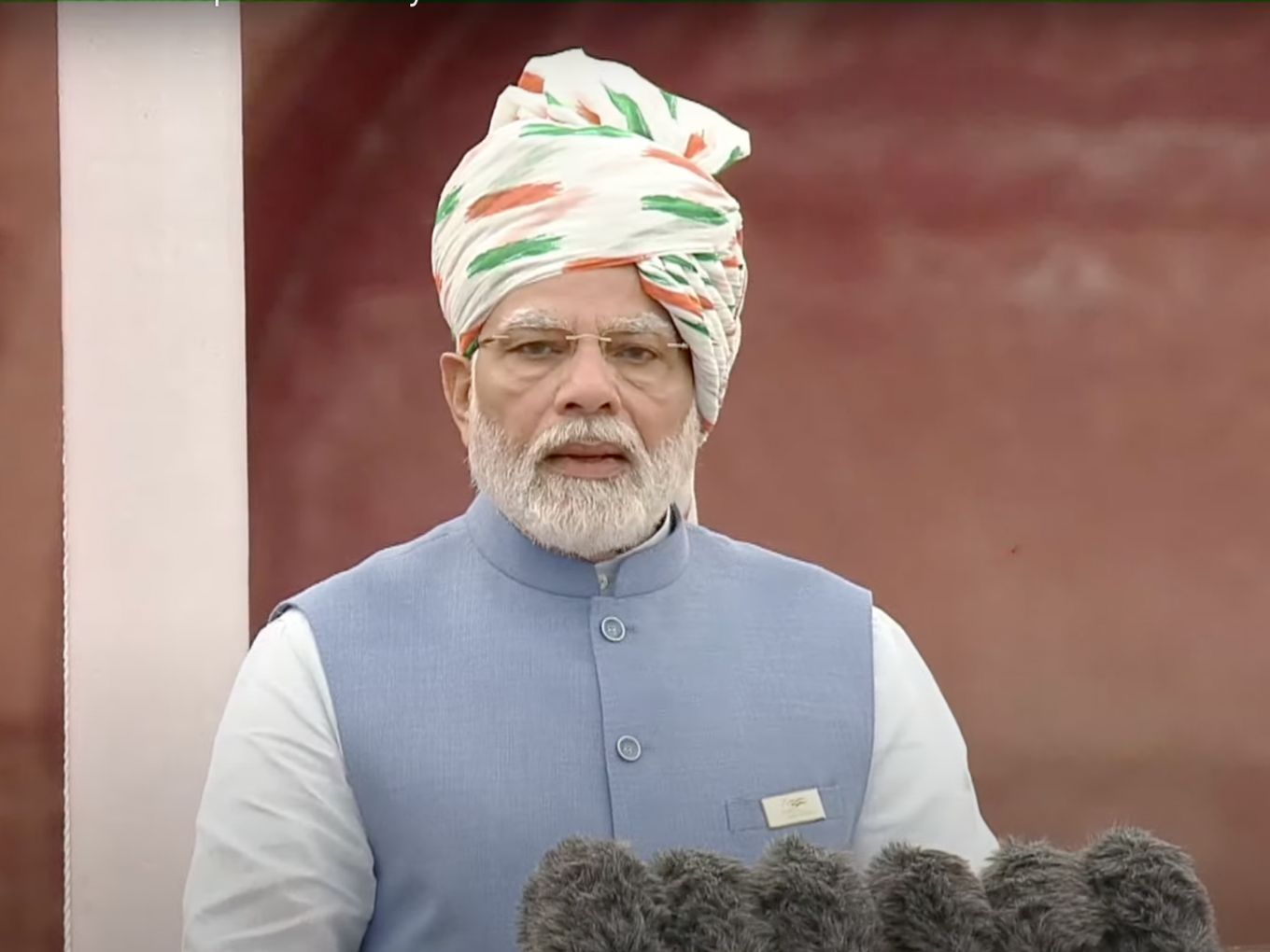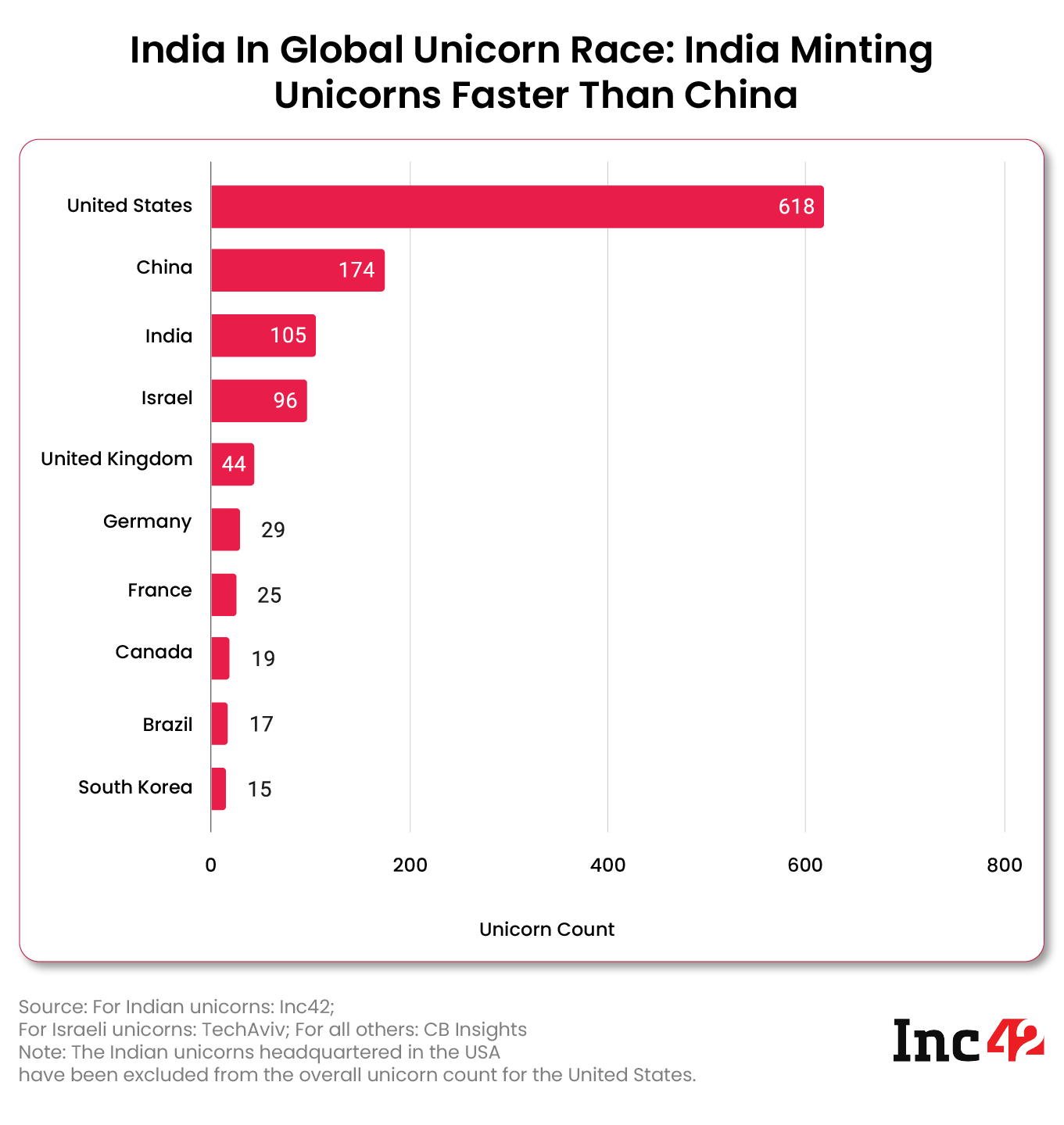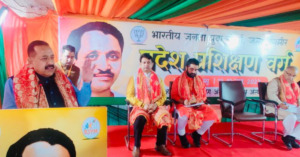
Speaking on India’s 76th Independence Day from the parapets of Red Fort, Prime Minister Narendra Modi said that the current decade will be defined by technology, calling it a ‘Techade’.
“This decade is a techade for humankind – a decade of technology,” said the PM. He added that India’s startups, the Atal Innovation Mission and the government’s incubation centres are creating opportunities for the younger generation.
“Our Atal Innovation Mission, our incubation centres and our startups are developing a whole new field, bringing new opportunities for the younger generation,” he said.
Atal Innovation Mission, launched in 2016, was one of the government’s first initiatives to promote startups and entrepreneurship within the country. The Centre followed that up with initiatives such as the Startup India initiative and the Digital India mission, which saw technology innovation and increased ease of doing business for startups in India.
However, the PM did not just talk about the role of technology over the coming decade. Speaking on the 75th anniversary of India’s independence, PM Modi threw down the gauntlet and said that India needs to be a developed country within the next 25 years.
Taking it from the top, the Prime Minister mentioned two specific segments of India’s startup ecosystem – education and health – which will bring change.
“Revolutions in education, health and a change in all lives will come from digital,” he said. Adding to it, the PM said that the Digital India movement was not just for differentiation.
Pointing to the steps the government has taken towards semiconductors, 5G and optical fibres are all steps taken to ensure that India would not lag behind in the upcoming ‘techade’ and will become Atmanirbhar.
Fiberisation And 5G – Connection The Nation With Faster, Better Networks
“We are bringing revolution through Digital India to the grassroots level and soon, every village will be connected digitally as we usher in the 5G era,” the PM said.
While Independence Day might have been a choice occasion for a 5G rollout in the country, the auction was far too close to the platinum jubilee of India’s independence for it to have been feasible.
However, the PM was not entirely talking about India’s upcoming 5G rollout.
The BharatNet project, one of the government’s most ambitious projects related to connectivity, has a total outlay of INR 61,109 Cr and seeks to connect India’s 6 Lakh Gram Panchayats with high-speed fibre-optic broadband.
The project is about a third of the way through and in the Union Budget speech this year, Finance Minister Nirmala Sitharaman set a deadline of 2025 for its completion.
However, the amount of infrastructure that will be installed for the BharatNet project will also help the telcos. 5G is a network that will bring much higher throughput and bandwidth. However, there is only so much that the spectrum telcos bought at the recently-concluded 5G spectrum auction can do.
Also, the spectrum is for use in fronthaul networks only; telecom networks are designed that way. For carrying backhaul networks, there is either microwave or fibre. Since microwave also suffers from limited carrying capacity, fibre is the way to go.
India’s fiberisation record, however, is abysmal right now. According to a report by STL, India is far below the ideal mix of 1.3 km of fibre per capita and the current deployment rate is also insufficient for reaching the target any time soon.
In 2020, the government set a target to achieve 70% fiberisation and 1 km of fibre laid per telecom tower under the National Broadband Mission. However, per 2021 figures, the fiberisation remains at 30%, which is far below recommended figures for 5G’s success.
In comes BharatNet, with a significant amount of optical fibre being laid, it is hardly surprising that a synergy exists here between the government and the private telcos.
Sure, there are regions where fibersiation is not economically viable and microwave is the way to go to support backend networks, but for a true 5G experience, fiberisation is key and BharatNet is the mould for that key.
Once the context behind the PM’s comments is understood, it is clear why he mentioned 5G and connecting the villages in one breath. BharatNet and 5G will carry India’s future networks, bringing it closer to the Digital India dream over the next ‘Techade’.
The State Of India’s Startup Ecosystem
According to Inc42’s ‘The State of Indian Startup Ecosystem Report, 2022’, India has the third-largest startup ecosystem in the world in terms of the number of startups created and the number of unicorns minted. As of H1 2022, India’s startup ecosystem has 58K startups across 55 sectors, having raised $131 Bn between 2014 and H1 2022 and holding a value of more than $450 Bn.

While India has one of the largest ecosystems in the world, almost all of India’s 105 unicorns are based in the six Tier 1 cities in the country. However, almost 50% of all Indian startups are based in Tier 2 and 3 cities; as the PM mentioned today, Indian startups are being powered by the talent coming from these small cities.
“We are looking at Digital India and startups. Who are these people [behind them]? This is the talent from the Tier 2, Tier 3 cities and the country’s villages,” said PM Modi.
The flywheel for the future has been set in motion in India’s startup ecosystem. By 2025, it is estimated that India will have 250 unicorns and around 100K total startups. The startup ecosystem is also estimated to create jobs for more than 3.5 Mn people and see as much as $200 Bn being pumped into Indian startups between 2021 and 2025.
India is on the cusp of another paradigm shift in the startup ecosystem. With 5G, then BharatNet, India is set to have arguably the largest digital population in the world after China, which will provide a boost to India’s digital economy and the tech startup ecosystem.
On the 75th anniversary of India’s independence, a ‘techade’ of reckoning is upon us.
The post Startups, 5G And Innovation: How Prepared Is India For The Upcoming ‘Techade’? appeared first on Inc42 Media.








